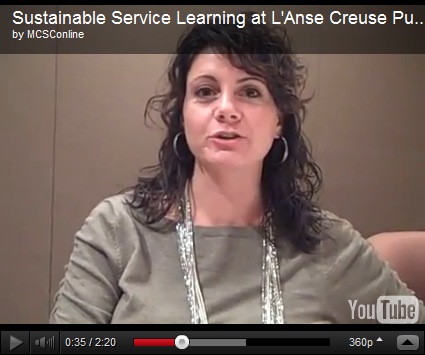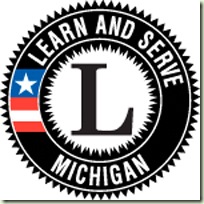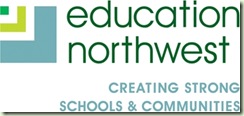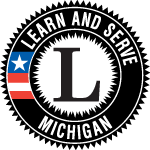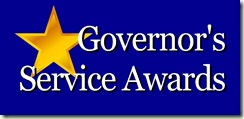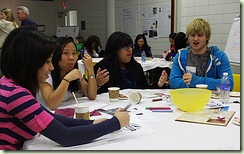Written by: David Battey, Founder and President of Youth Volunteer Corps
When, at the age of 16, my mother informed me she had signed me up to do volunteer work for the summer, I wish I could say that I was excited for the opportunity to learn and grow and give back to the community that I loved. But the truth is, I was bummed.
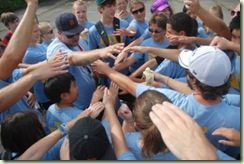 My whole life shifted when I showed up for my first volunteer project. I met two young kids who I was assigned to mentor and who had no idea I wasn’t the coolest teenager in the Kansas City metropolitan area. They looked up to me and clearly valued my presence and input. That summer spent with those kids helped build my confidence and self-esteem, and when I was done it was clear to me I truly could have an impact on the world around me. I was hooked.
My whole life shifted when I showed up for my first volunteer project. I met two young kids who I was assigned to mentor and who had no idea I wasn’t the coolest teenager in the Kansas City metropolitan area. They looked up to me and clearly valued my presence and input. That summer spent with those kids helped build my confidence and self-esteem, and when I was done it was clear to me I truly could have an impact on the world around me. I was hooked.
Because of that summer, after graduating from college, I founded Youth Volunteer Corps (YVC), and in the last 20 plus years, more than 240,000 youth have served nearly 4 million hours in communities across the U.S. and Canada.
Since 1987, YVC has grown to 50 affiliated programs across those two countries. Understanding that a young person’s first experience volunteering can determine whether they will ever volunteer again, we have fine-tuned the art of creating youth volunteer projects that are inspiring, educational, challenging, and fun. After the completion of our summer programs in 2010, we surveyed the hundreds of youth who 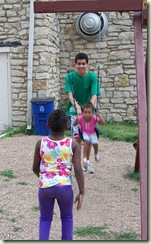 participated, and 96 percent said they would volunteer again based on their experience serving with YVC.
participated, and 96 percent said they would volunteer again based on their experience serving with YVC.
Throughout all this growth, Michigan has remained one of the most important states for YVC. Although we’re based in Kansas City, YVC has more ties to Michigan than any other state. Here are just a few reasons why we love Michiganders:
· In 1990 the W.K. Kellogg Foundation awarded YVC a $1 million, four-year grant to expand the YVC model. This grant resulted in three new YVC affiliates in Michigan by 1991.
· We currently have five Michigan affiliates (Alpena, Ann Arbor, Muskegon, Plymouth, Eastern Upper Peninsula, Southwest Michigan – St. Joseph), which is more than any other state.
· In the past we’ve had as many as nine YVC sites in Michigan.
· One of our board members, a former YVC Program Director herself, is from Michigan.
We’re always looking to expand our model of youth service to more communities in Michigan and beyond. Here are the top three reasons to become a YVC affiliate:
- Gives you access to a national network of established programs, professionals, and their collective experience and knowledge.
- Offers a unique group-based, out-of-school time model for youth (ages 11-18) to serve their communities in a variety of ways.
- Service-learning is a growing national trend and YVC is a pioneer, employing the concepts in a community based setting.
You never know how much you may change a teen’s life when you introduce them to service. For more information on YVC or how to become an affiliate, email me at
dbattey@yvca.org.
You can also visit
http://www.yvca.org/ for more information.
